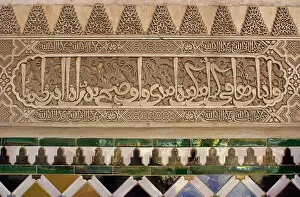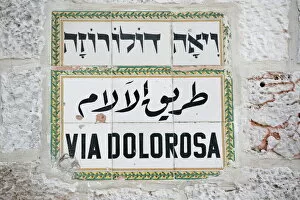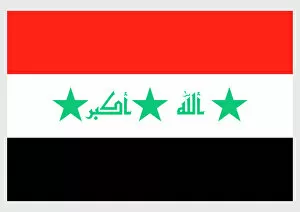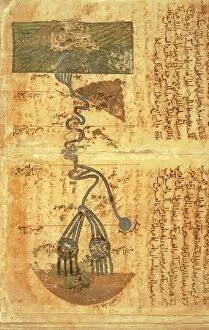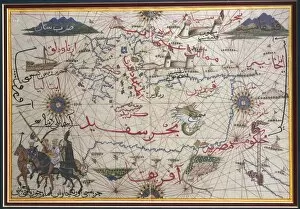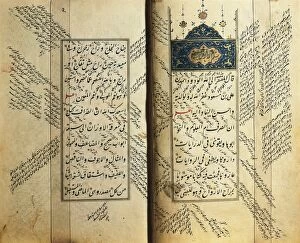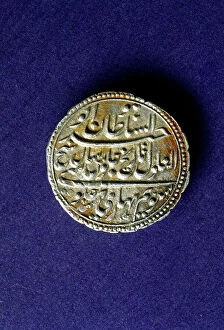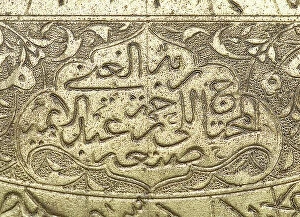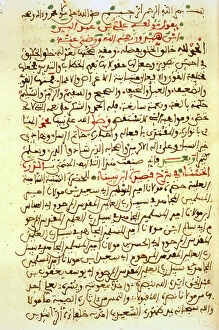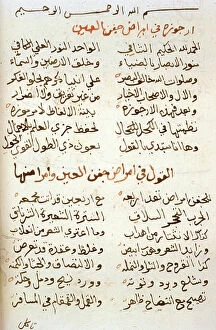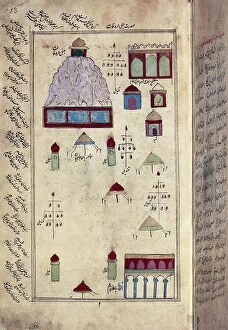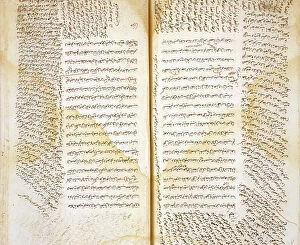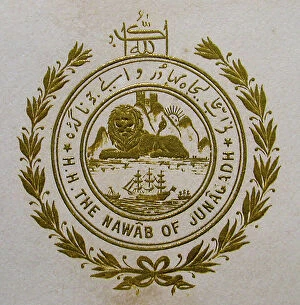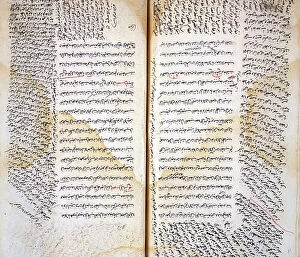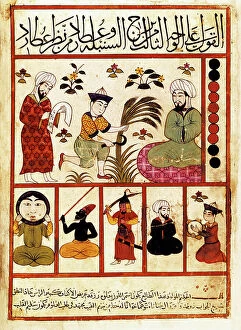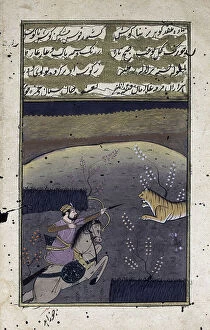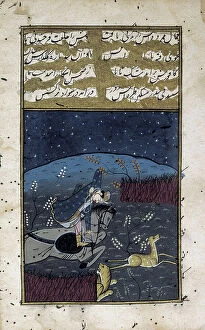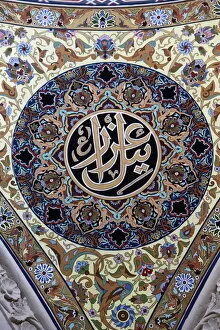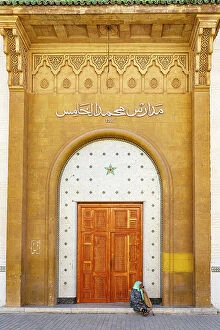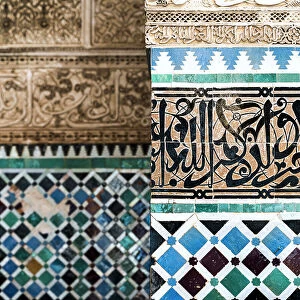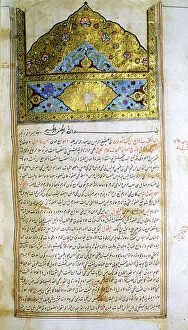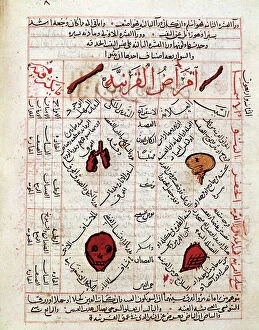Arabic Script Collection
Arabic Script: A Rich Tapestry of History and Culture The Arabic script, represented by the code GEUR2D-00047
For sale as Licensed Images
Choose your image, Select your licence and Download the media
Arabic Script: A Rich Tapestry of History and Culture The Arabic script, represented by the code GEUR2D-00047, is a captivating form of writing that has left an indelible mark on various aspects of life. From street signs to manuscripts, this ancient script can be found in diverse corners of the world. One such example is the Via Dolorosa street sign in Jerusalem's Old City. This iconic sign showcases the Arabic script alongside two other languages, symbolizing the multicultural fabric of this historic place located in Israel's Middle East region. The flag of Iraq from 1991-2004 also features Arabic calligraphy prominently. With its horizontal tricolor design consisting of red, white, and black stripes adorned with Takbir between three green stars, it beautifully represents Iraqi identity through the artistry of Arabic letters. Moving eastward to India stands Qutb Minar or Qutub Minar - a towering masterpiece built using intricately carved Arabic inscriptions. This architectural marvel not only showcases the beauty and versatility but also highlights its influence beyond traditional Arab lands. Even cartography owes a debt to this elegant writing system. The course of River Nile was meticulously mapped by Muhammad ibn Musa al-Khwarizmi - an esteemed Arab geographer and astronomer from centuries past. His map exemplifies how knowledge transcends borders through language and innovation. In Ottoman times, miniature paintings were used as visual narratives depicting historical events across regions like The Maghreb and Middle East. These illustrations often featured delicate yet powerful strokes forming exquisite representations intertwined with eloquent Arabic calligraphy. Traveling further west to Spain reveals another facet where Islamic culture thrived for centuries. Two pages from an Arab manuscript titled "Considerations about Grammar" authored by Izz Al-Din-Al-Zayani in 1257 showcase both linguistic prowess and artistic finesse within their intricate calligraphic designs.

